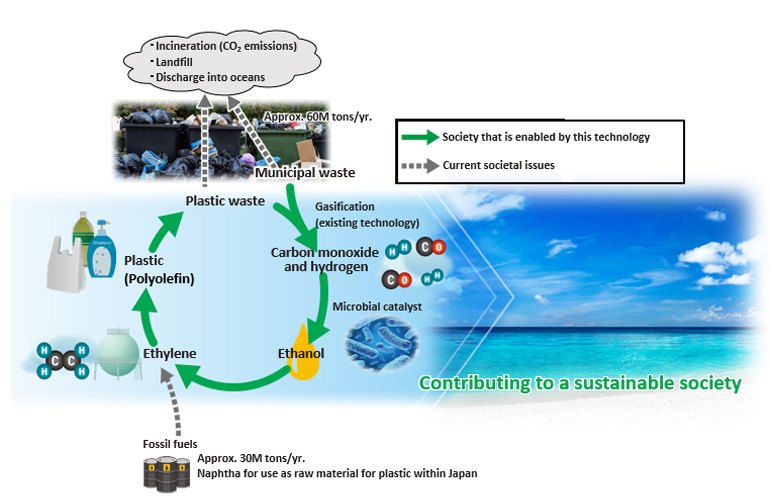food chemistry, chemical compounds in food, natural substances, food composition, nutritional elements, food science, health and nutrition
When we think about food, we often envision mouthwatering dishes and delightful flavors. Yet, beneath the delectable taste lies a captivating world of chemistry that shapes the composition, appearance, and nutritional value of the foods we consume. Every ingredient in our meals is composed of a complex array of natural chemical components, each contributing to the overall experience of eating. This article takes a closer look at the chemical potions that make up our food and their significance in our daily lives.
The Diversity of Natural Chemical Components:
The food we enjoy is a concoction of various chemical compounds, all originating from the natural world. Carbohydrates, proteins, fats, vitamins, minerals, and countless other substances work in harmony to create the flavors and textures we savor. Carbohydrates, including sugars and starches, provide energy and contribute to the sweet taste in fruits and vegetables. Proteins, made up of amino acids, are essential for growth and repair, while fats play a crucial role in providing energy and enhancing the palatability of foods.
Flavors and Aromas:
The distinct flavors and aromas that make each dish unique are a result of the intricate interaction between various chemical compounds. For instance, volatile compounds are responsible for the aromatic scents that waft from freshly baked bread or a cup of brewed coffee. The balance of sweet, salty, bitter, and sour tastes is orchestrated by the presence and concentration of specific compounds, ensuring a harmonious and delightful culinary experience.
Colors and Visual Appeal:
The vibrant colors of fruits, vegetables, and other foods are often attributed to natural pigments, which are chemical compounds responsible for their visual appeal. Carotenoids, for example, create the vibrant red, orange, and yellow hues in carrots, tomatoes, and bell peppers. Chlorophyll is the green pigment in plants, while anthocyanins contribute to the striking shades of blue, purple, and red in berries and grapes.
Nutritional Elements:
Food chemistry goes beyond taste and appearance—it plays a pivotal role in providing essential nutrients that support our well-being. Vitamins and minerals, known as micronutrients, are chemical compounds present in small quantities in food but are vital for various bodily functions. For instance, vitamin C acts as an antioxidant, protecting cells from damage, while calcium is crucial for maintaining strong bones and teeth.
The Role of Food Processing:
Food processing techniques can alter the chemical composition of ingredients, affecting taste, texture, and nutritional content. Cooking, for instance, can break down complex carbohydrates into simpler sugars, making them easier to digest. However, excessive processing, such as deep frying, can lead to the formation of potentially harmful compounds. Understanding the impact of various processing methods on food chemistry is essential for making informed dietary choices.
Natural vs. Synthetic Additives:
In addition to the inherent chemical components of foods, the modern food industry sometimes employs synthetic additives to enhance taste, extend shelf life, or improve texture. While some additives raise concerns, many are rigorously tested and approved for safe consumption. Still, the preference for natural, minimally processed foods remains strong among health-conscious consumers.
Personalized Nutrition:
Advancements in food chemistry have paved the way for personalized nutrition, where dietary recommendations are tailored to an individual’s genetic makeup and specific health needs. Understanding how one’s body processes and responds to different chemical components in food allows for more precise dietary plans that optimize health and well-being.
Navigating Food Labels:
Reading food labels can provide valuable insights into the chemical composition of packaged foods. Ingredients are listed in descending order by weight, allowing consumers to assess the prominence of certain components. Familiarity with food chemistry can empower individuals to make informed choices and select foods that align with their nutritional goals.
Conclusion:
The world of food is an intricate tapestry woven from a diverse array of natural chemical components. From the rich flavors to the vibrant colors and essential nutrients, each element plays a vital role in shaping the meals we enjoy. Understanding food chemistry not only enhances our appreciation for the culinary arts but also empowers us to make healthier and more informed choices about the foods we consume. As we continue to explore the realms of taste and nutrition, the fascinating interplay of chemical potions in our meals remains a source of awe and wonder.










